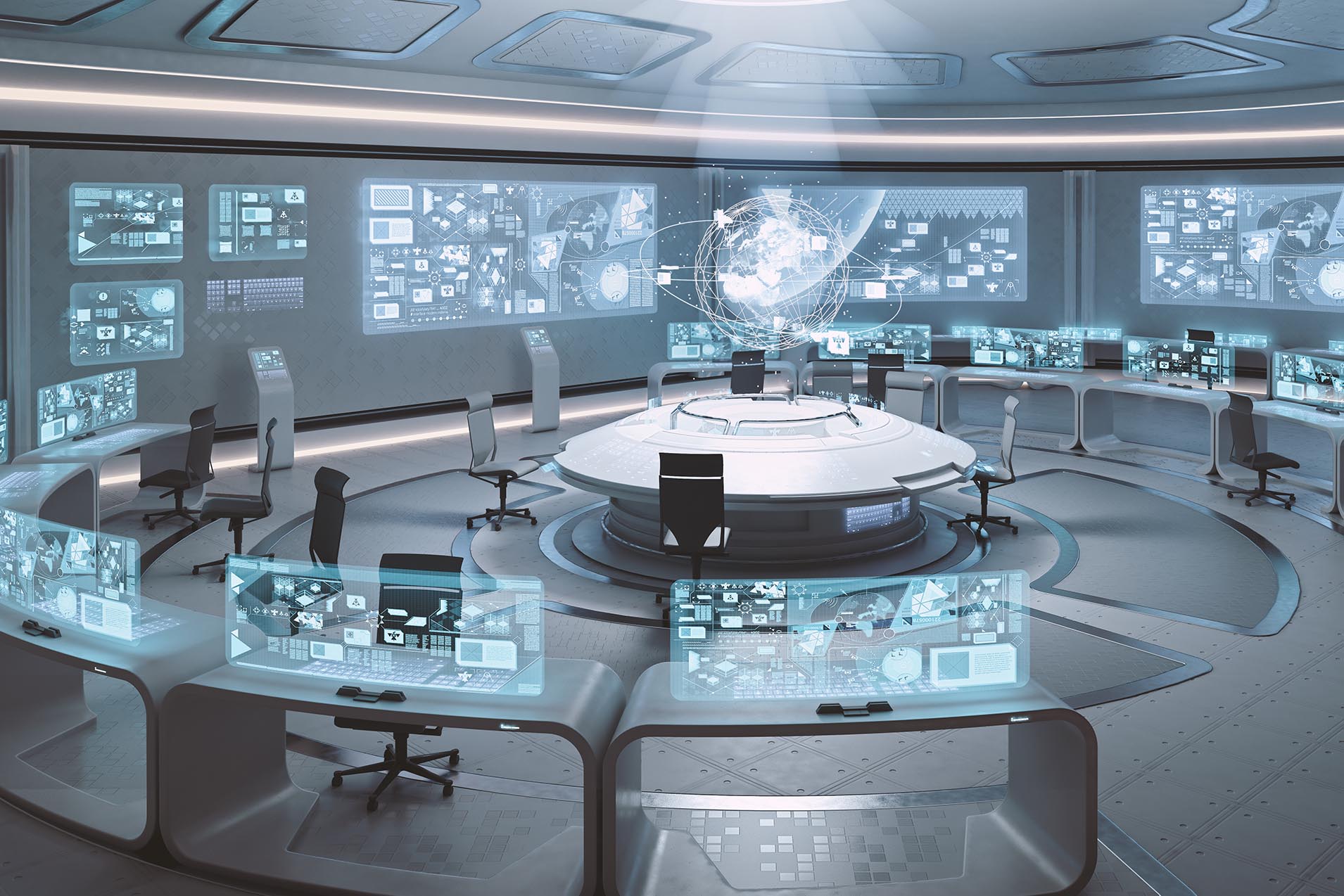“One day, offices will be a thing of the past” – Richard Branson, 2014
It’s no secret that technology has evolved significantly over the last couple of decades. It’s also no secret that technology has completely transformed the way we work and collaborate within and across businesses.
For years, work has been confined to one domain — the office. But now, as technology continues to evolve, the definition of the workplace is also transforming. Thanks to new technology and increasing WiFi availability, workers are able to collaborate using different devices from anywhere in the world, creating a more mobile workforce and revolutionizing the idea of the workplace.
In the past, offices were confined to four walls, everyone clocking in to work at their designated cubicles, with IT systems that consisted of bulky servers. But today, IT systems are increasingly being outsourced remotely to the cloud, drastically changing how and where we work.
One of the most essential technologies that virtual teams are using is messaging services. Some common services include:
Another crucial aspect in promoting successful virtual teamwork is document storage and file sharing. Some common platforms include:
- Dropbox
- Google Drive
- SharePoint
Now businesses small and large are facing the rise of virtual teams. Virtual teams, put simply, are groups of employees who work remotely and collaborate through virtual platforms. New technologies like wearable devices, virtual reality presentations and smart whiteboards are allowing for increasingly efficient collaboration for the virtual workforce.
But what does this mean for the future of the office?
It’s unlikely that the traditional notion of the office will become obsolete in the future – humans are social animals and face-to-face interaction will remain an important aspect of collaboration. However, physical workplaces are also undergoing rapid transformations to suit the changing needs of their workforce. The idea that sedentary work has emerged as a significant health risk may have something to do with the increasing popularity of open floor plans and the hoteling system. Increasingly, office design is guided by the principal of creating open spaces in which workers can collaborate, relax, and feel inspired.
Some of these new office features include:
- Smart Conference Rooms: Optimized with smart cameras, lighting and microphones to promote virtual collaboration.
- Cafes and Garden Spaces: Cozy lounge areas with refreshments, fireplaces, exposed brick, and plants to promote casual collaboration, brainstorming, and relaxation.
- Standing desks: Improve ergonomics and promoting health and exercise without having to leave the desk.
While new technologies are clearly leading to a rising trend of remote workforces, they are also promoting improved office spaces. So whether you work virtually or in a physical office with the rest of your team, technology will continue to transform the way you collaborate, brainstorm, and work.
Contact us at +1 (866) 960-9409 for a free assessment.


